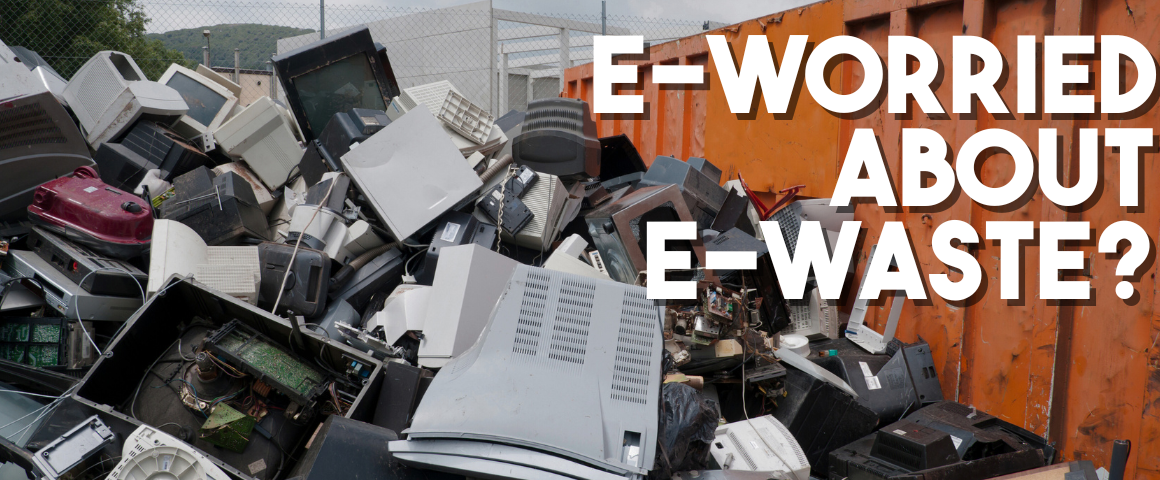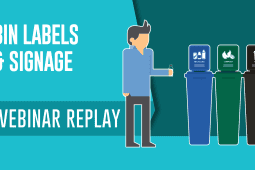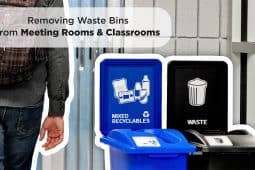The E-Worries of E-Waste (Let’s talk about recycling electronics!)
What happens when cell phones, computers, and televisions stop working, or their owner chooses to upgrade to a newer model? Discarded tech can easily become electronic waste – or “e-waste”, for short.
How much waste is e-waste?
A new study performed by the University of Windsor suggests that e-waste has tripled in Canada over the last 20 years, and is steadily growing. With close to a million tons of e-waste generated in Canada in 2020 alone – less than 20% of which was actually collected and recycled properly – the amount of unrecycled e-waste in Canada is enough to fill the CN Tower 110 times!
To break things down further, how much e-waste is generated per person? In the year 2000, a study suggested that just 8.3kg of e-waste was generated per person, but that has more than tripled to 25.3kg by 2020! The same study further estimates that per-person number will only continue to increase over time.
On a global scale, annual e-waste is estimated to be at around 2.5 million tons, and that amount is expected to increase much further to 74.7 million tons by the year 2030!
So, why are we generating so much more e-waste than we were 20 years ago? The main contributor is consumer habits, as well as the growing number of households in Canada. As newer models are made with minor feature changes on a more frequent basis, more & more e-waste is created much more quickly in a shorter period of time.
Why should we recycle e-waste?
With so much e-waste generated per-person per-year, the benefits of re-using, re-purposing, and recycling obsolete, outdated electronics are clear. When e-waste is properly recycled, though it might be no longer functional to its maximum potential, there are always some parts that can be re-purposed for newer electronics. By doing so, recycled e-waste forms a secondary supply chain of materials required for electronics – this reduces costs, environmental effects, and risks of supply disruptions.
If we focus more on properly recycling e-waste, we will not only be able to reduce the amount of landfill waste generated, but also continue to develop and distribute newer electronic products.
So, be sure to bring your old cellphones, TVs, computers to the appropriate collector/recycler instead of just putting them out curbside for garbage collection.
How do we recycle e-waste?
Interested in learning more? Head to your municipality’s website to check out what programs your city has in place to keep electrics out of the landfills!
Townships and businesses can have designated Special Waste Drop-Off Days at specific locations, partnerships with Electronic Products Recycling Associations, and/or curbside collection guidelines to make sure e-waste recycling is simple & accessible.








